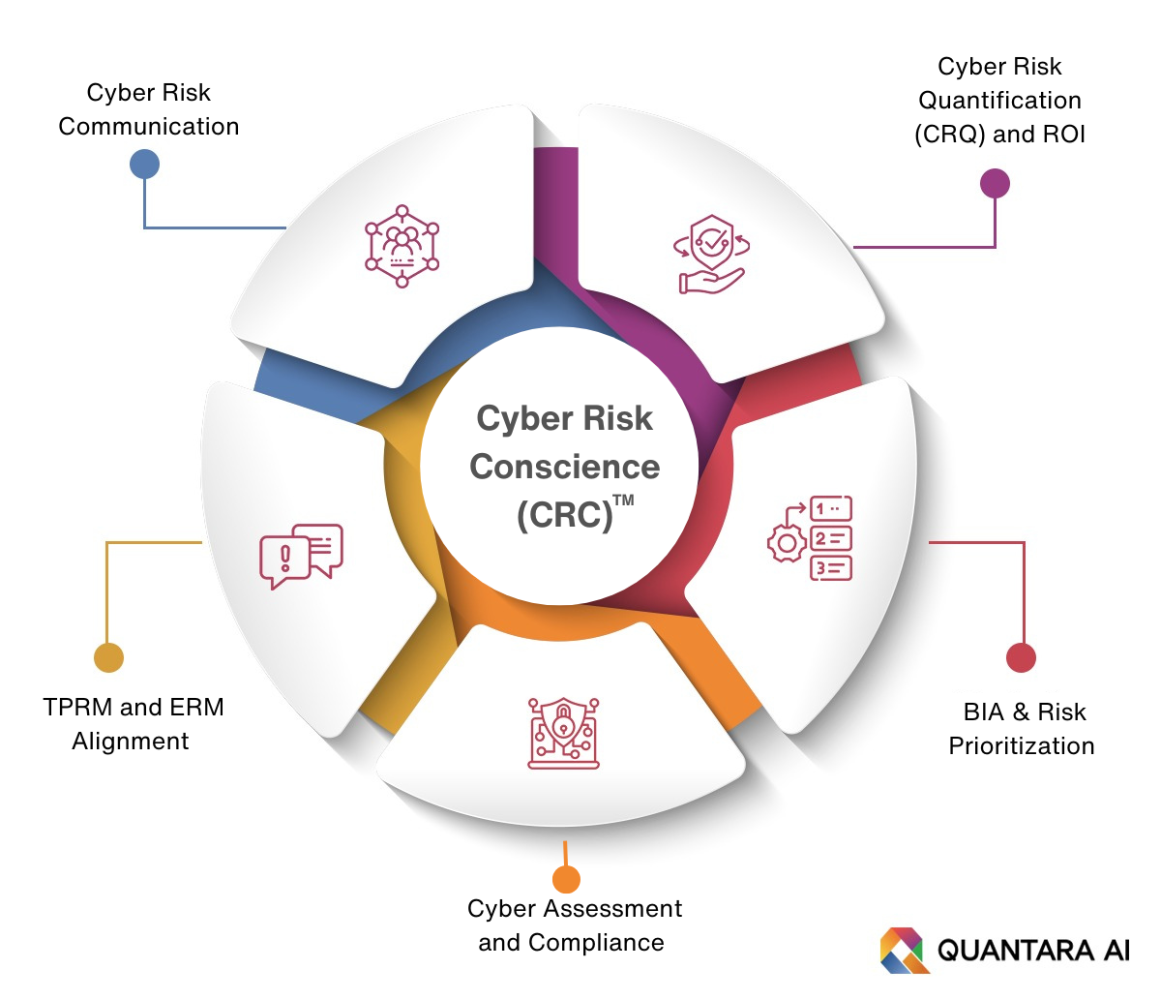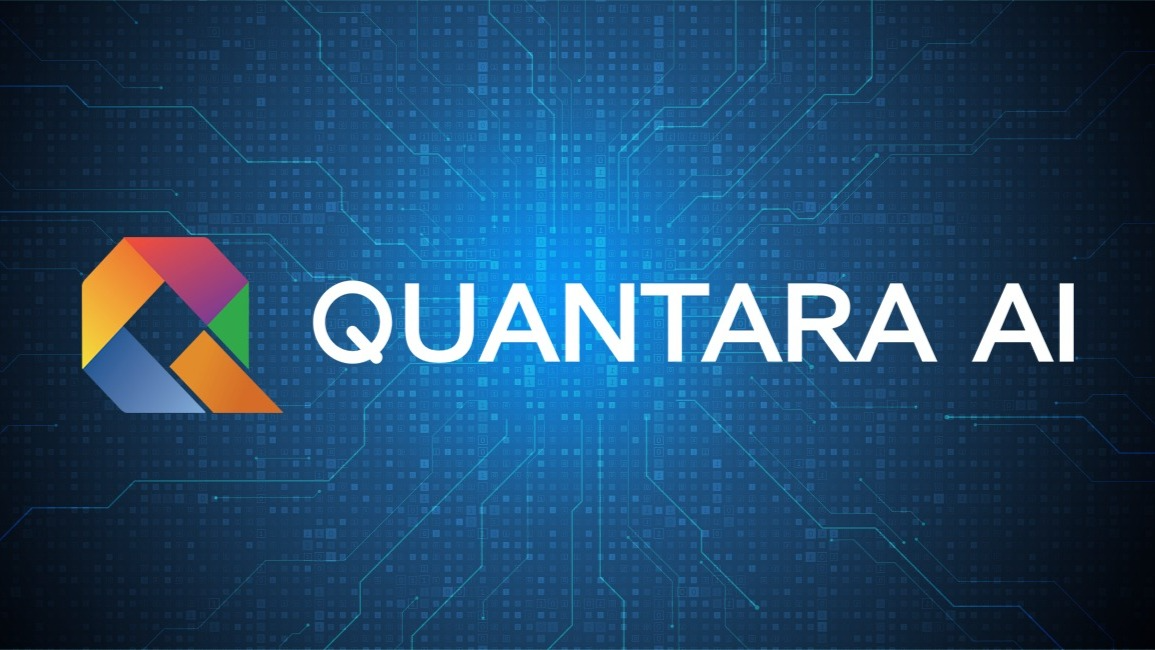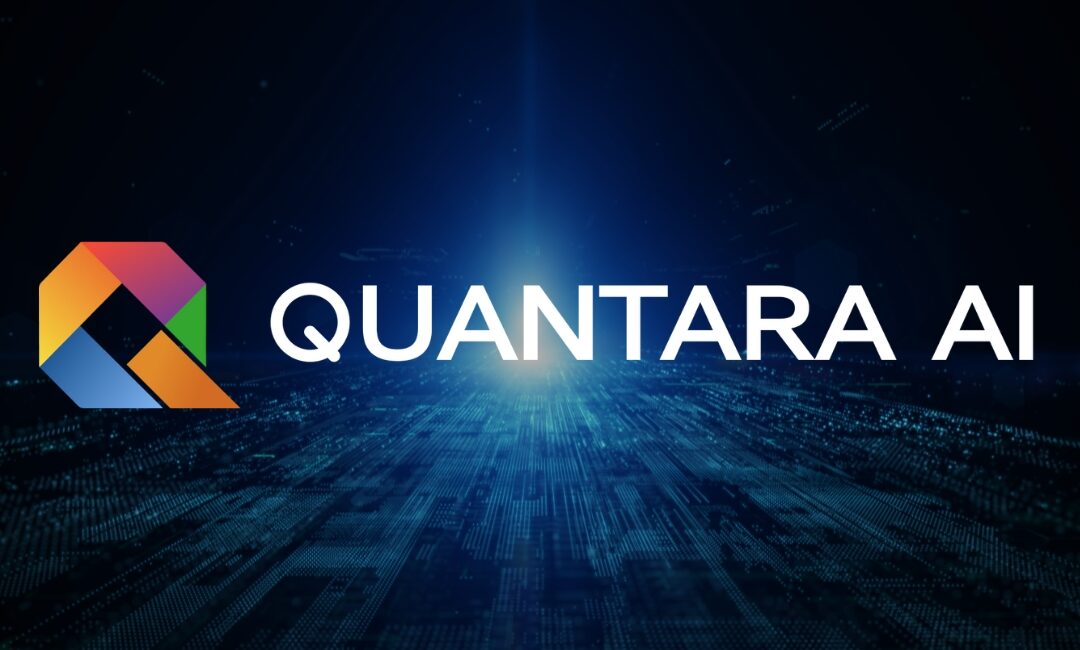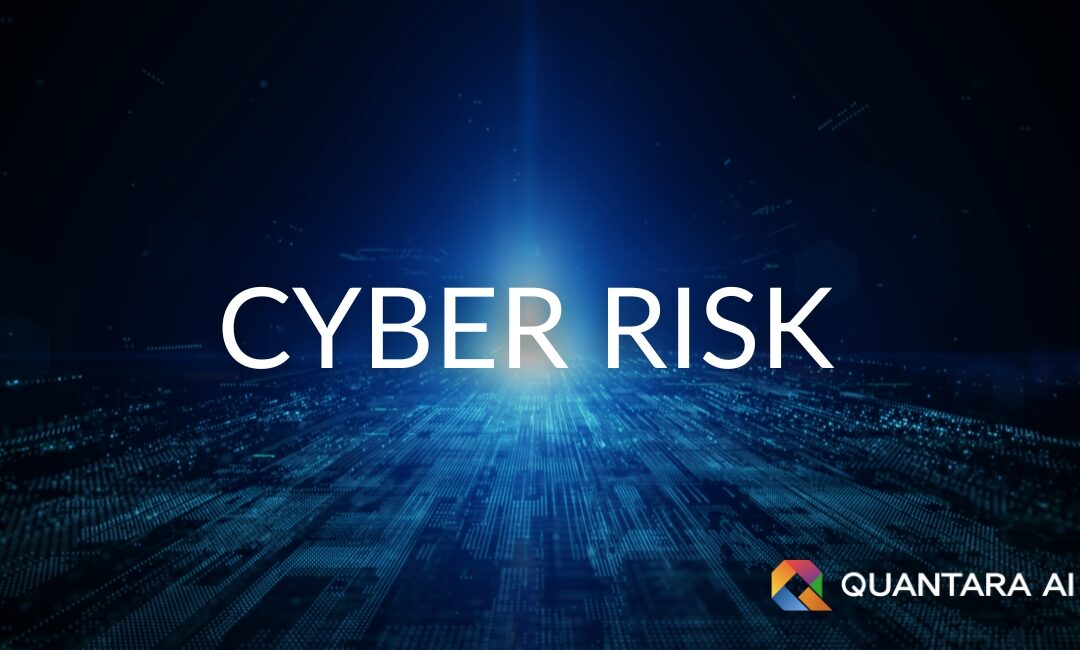Enterprise Risk Management (ERM) is a comprehensive framework that organizations use to identify, assess, and manage risks that could impact their strategic goals. Traditionally, ERM has focused on financial, operational, and reputational risks, often addressing them in silos. While this approach ensures coverage of broad risk areas, many organizations still struggle with integrating cybersecurity into their ERM strategy.
In today’s digital landscape, cybersecurity is no longer just an IT issue – it’s a critical component of enterprise risk. Cyber threats directly impact an organization’s financial health, operational efficiency, and stakeholder trust, making it essential for organizations to integrate cyber risks into their broader ERM frameworks.
Enterprise Risk Management (ERM) is a holistic approach to identifying, evaluating, and addressing risks that could impact an organization’s objectives. Unlike siloed risk management practices, ERM offers a comprehensive framework that prioritizes risks across all areas of the business.
Key Components of ERM
Risk Identification: Pinpoints internal and external risks, such as operational inefficiencies, financial challenges, and cyber threats.
Risk Assessment: Evaluates the likelihood and potential impact of risks to determine prioritization.
Risk Response: Develops mitigation, avoidance, transfer, or acceptance strategies to address risks.
Monitoring and Reporting: Continuously tracks risks and communicates updates to stakeholders for informed decisions.
Governance and Culture: Embeds risk awareness and accountability across organizational practices.
Why Cyber Risk is Integral to ERM
The interconnectedness of business processes means cyber risks now have ripple effects across the enterprise. Cyber risks are among the most pervasive and impactful threats to modern businesses, affecting nearly all ERM components:
Operational Disruptions: Downtime caused by cyberattacks can cripple supply chains, critical systems, and customer-facing operations.
Financial Impact: Direct costs like ransomware payouts or legal fees/fines, and indirect costs such as reputational damage and lost revenue.
Compliance Requirements: Regulatory obligations tied to data protection and cybersecurity are a significant part of ERM frameworks.
Strategic Objectives: Digital transformation initiatives and other strategic goals often hinge on effective cybersecurity measures.
Cybersecurity must be seen as a pillar of ERM, not just a technical concern. Lack of cyber risk alignment within the ERM framework leaves organizations vulnerable to cascading failures across operational, financial, and strategic domains.
Challenges in Aligning Cyber Risk with ERM
Integrating cyber risk with Enterprise Risk Management (ERM) presents several challenges that can hinder seamless and holistic alignment:
Siloed Approaches: Cybersecurity often operates independently from ERM frameworks, leading to gaps in risk identification and prioritization.
Lack of Quantification: Many organizations struggle to translate cyber risks into financial terms, making it difficult to compare and align them with other enterprise risks.
Dynamic Threat Landscape: The fast-evolving nature of cyber threats requires continuous monitoring, which traditional ERM frameworks often lack.
Fragmented Communication: Misaligned communication between IT, risk, and business teams can result in delays or missed risks.
Third-Party Dependencies: Increasing reliance on external vendors complicates the integration of third-party risks into a cohesive ERM strategy.
These challenges highlight the need for a dynamic, data-driven approach to ensure that cyber risks are effectively aligned with enterprise-wide risk management frameworks.
How Quantara AI Solves ERM Alignment Challenges
Quantara AI’s Cyber Risk Conscience (CRC)™ framework directly addresses the challenges of aligning cyber risk with ERM through its five core pillars:

1. Executive Risk Communication
Challenge Solved: Siloed Approaches & Fragmented Communication
CRC™ fosters collaboration between IT, risk, and business teams by providing a unified platform for translating cyber risks into actionable insights.
Executive leadership receives clear, timely communication on risks, including adversarial behavior and financial impact, ensuring alignment across all departments.
2. Cyber Risk Quantification (CRQ) and ROI-Driven Mitigation
Challenge Solved: Lack of Quantification
CRC™ leverages CRQ to measure cyber risks in financial terms, making them comparable to other ERM risks.
ROI-driven recommendations prioritize investments, ensuring the most significant risks are mitigated with optimal resource allocation.
3. Operational Prioritization
Challenge Solved: Misaligned Teams and Processes
CRC™ ensures cross-functional alignment by integrating IT, finance, and business operations into a cohesive risk strategy.
This collaboration streamlines risk mitigation efforts, ensuring they are efficient and aligned with enterprise objectives.
4. Dynamic Cyber Assessment and Compliance
Challenge Solved: Dynamic Threat Landscape
CRC™ replaces static, point-in-time assessments with dynamic, real-time risk evaluations.
Continuous monitoring ensures cyber risks are proactively identified and addressed, keeping ERM frameworks up-to-date with evolving threats.
5. TPRM and ERM Alignment
Challenge Solved: Third-Party Dependencies
CRC™ integrates Third-Party Risk Management (TPRM) into the broader ERM framework, ensuring vendor risks are managed seamlessly alongside internal risks.
This unified approach enhances resilience across the supply chain and reduces exposure to third-party vulnerabilities.
How Quantara AI Does It
Tailored Risk Identification: Quantara analyzes enterprise risks based on the client’s industry, size, and historical cyber incidents from similar organizations.
Risk Mapping with QuantaLLM™: Using advanced AI, QuantaLLM™ maps cyber risks to the client’s enterprise risks, evaluating their business impact.
Financial Impact Assessment: The platform quantifies financial impacts, offering key metrics like Cyber Risk Quantification (CRQ) for actionable insights.
ROI-Driven Recommendations: Quantara AI provides targeted, ROI-based recommendations for ongoing risk mitigation and strategic improvements, ensuring alignment with the client’s risk appetite and priorities.
This process ensures that cyber risk management isn’t siloed but is fully integrated into the enterprise’s ERM strategy, aligning cybersecurity efforts with business impact and operational priorities.
Quantara AI Advantage
Quantara AI provides organizations with a holistic and seamless approach to aligning cyber risk with ERM. By addressing these challenges through its five pillars, CRC empowers businesses to integrate cybersecurity into their broader risk strategy, ensuring resilience, trust, and value creation across the enterprise.
Cyber Risk Conscience (CRC)™ framework uniquely bridges the gap between traditional ERM and modern cybersecurity needs by aligning cyber risks with each organization’s custom ERM framework. Leveraging Quantara’s proprietary technologies, the CRC framework identifies enterprise risks tailored to a client’s industry, size, and historical incident profiles, ensuring that cybersecurity strategies are deeply integrated with broader organizational goals.
Conclusion: Cybersecurity as a Strategic Driver
In today’s rapidly evolving threat landscape, integrating cybersecurity into enterprise risk management is no longer optional—it’s essential for resilience and growth. Quantara AI’s Cyber Risk Conscience (CRC™) framework empowers organizations with actionable insights, ROI-driven strategies, and seamless alignment between cyber risks and business goals. By adopting CRC, you can protect your value, optimize investments, and build a future-ready enterprise.
With Quantara AI’s Clear Cyber Risk Conscience™ (CRC), businesses gain the tools to quantify risks, align cybersecurity with enterprise objectives, and drive innovation with confidence in today’s ever-evolving threat landscape.
Ready to transform your cybersecurity approach? Contact us today for a demo and discover how Quantara AI can revolutionize your risk management strategy.
Follow Quantara AI on LinkedIn for expert insights and the latest trends in cyber risk management.






